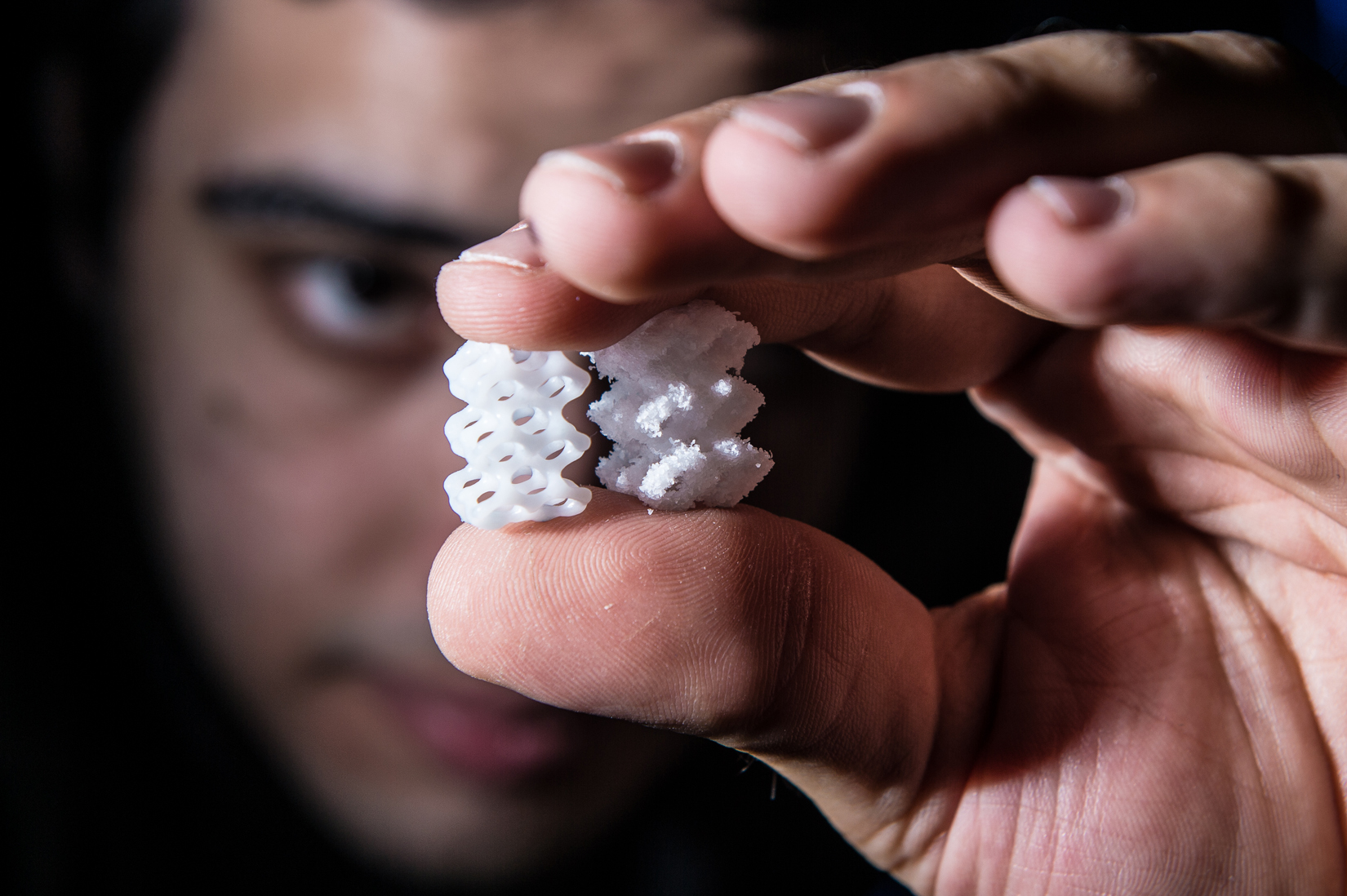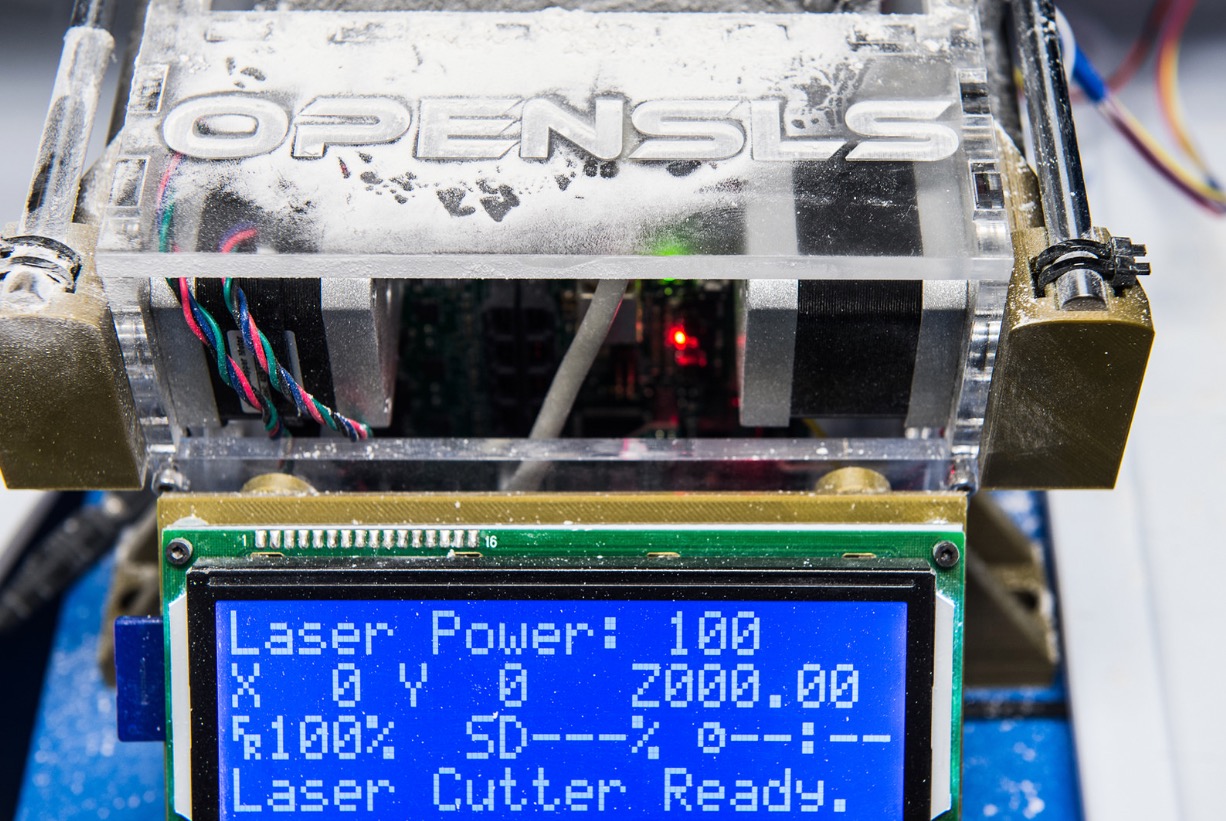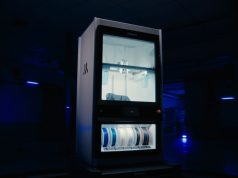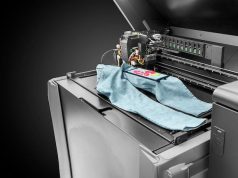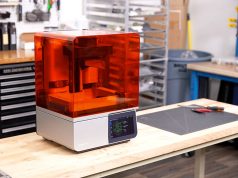Bioengineers at Rice University have modified a CO2 laser cutter in order to create an open source Selective Laser Sintering (SLS) 3D printer.
While industrial machines are far out of reach for home users, we have seen a few affordable SLS devices hitting the market lately, including the Sharebot SnowWhite, the Sintratec or Sinterit 3D printers. With the OpenSLS 3D printer, the research team has created a device to print objects from their own specially developed powdered materials. They have made all files necessary for its construction available on GitHub. The DIY system is said to cost under $ 10,000.
“In terms of price, OpenSLS brings this technology within the reach of most labs, and our goal from the outset has been to do this in a way that makes it easy for other people to reproduce our work and help the field standardise on equipment and best practices,” graduate Ian Kinstlinger and study co-author explained.
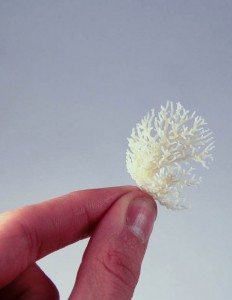
The bioengineers created the OpenSLS platform to 3D print biomaterials that could be used in regenerative medicine research. “SLS technology is perfect for creating some of the complex shapes we use in our work, like the vascular networks of the liver and other organs,” Jordan Miller, co-author of the study and assistant professor of bioengineering at Rice university explained. By designing their own machine there are no longer bound to restrictions of proprietary materials offered by manufacturers. The machine can print objects from commonly used materials such as nylon powder as well as from polycaprolactone (PCL), a non-toxic polymer that is used to create templates for studies on engineered bone. This bio-plastic could also be used in medical implants for humans.
The rough surface of the objects printed in PCL can be smoothed out by exposing the part to a solvent vapour for about 5 minutes. During their research using human bone marrow stromal cells, the team found out that these structures also worked well as templates for engineered tissues, having some of the same properties as natural bone. “The stem cells stuck to the surface of the templates, survived, differentiated down a bone lineage and deposited calcium across the entire scaffold,” Kinstlinger explained.
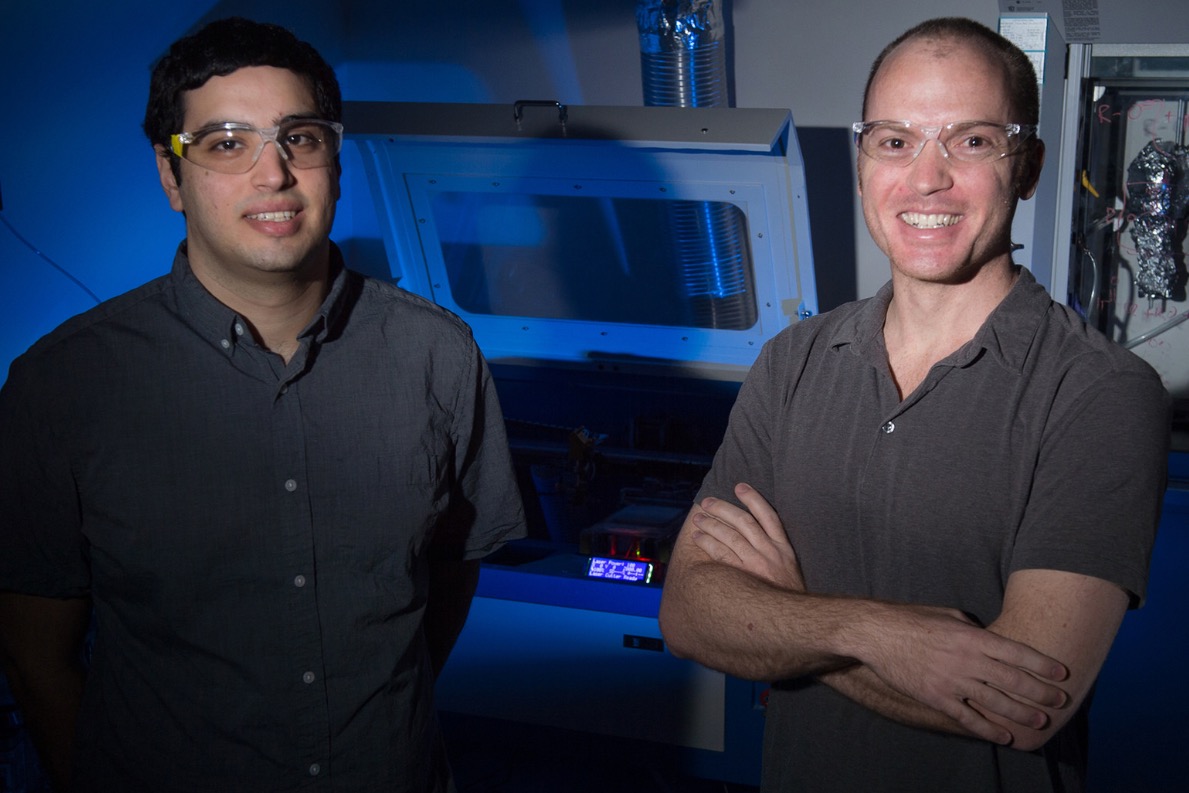
“Our work demonstrates that OpenSLS provides the scientific community with an accessible platform for the study of laser sintering and the fabrication of complex geometries in diverse plastics and biomaterials. And it’s another win for the open-source community,” Miller adds.
Subscribe to our Newsletter
3DPResso is a weekly newsletter that links to the most exciting global stories from the 3D printing and additive manufacturing industry.



